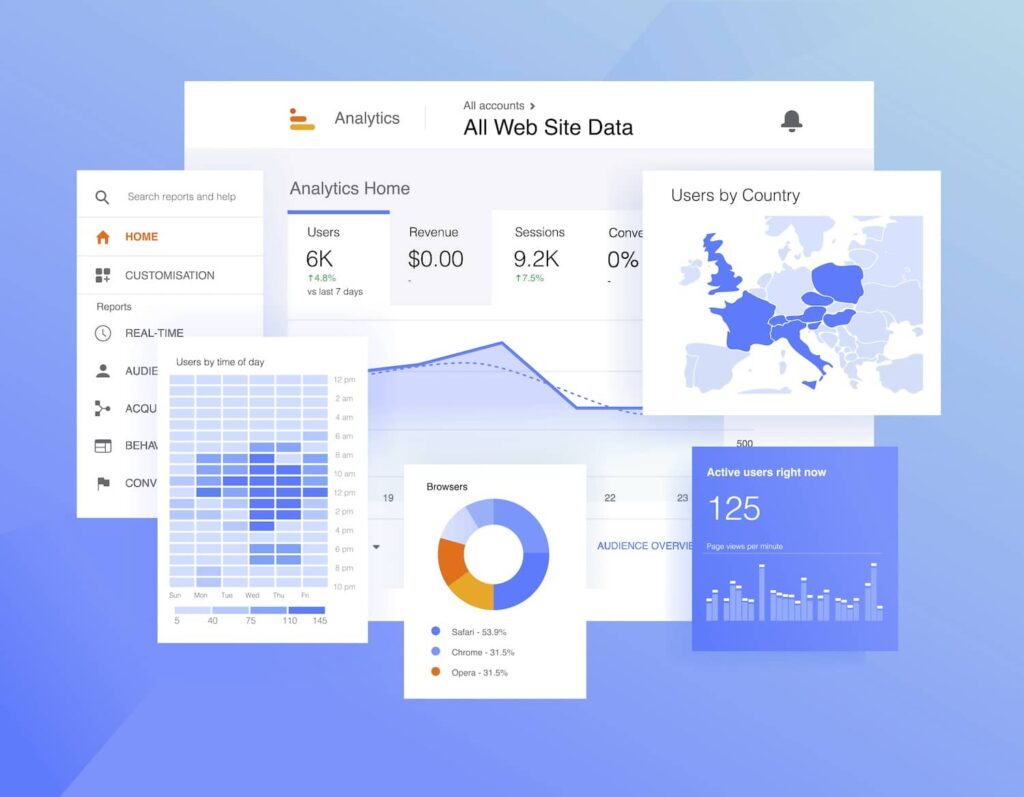Comprehensive Look at Secondary Dimensions in Google Analytics: Definition and Best Practices
Comprehensive Look at Secondary Dimensions in Google Analytics: Definition and Best Practices
Blog Article
Unveiling the Impact of Secondary Dimension in Google Analytics on Data Analysis and Insights
In the world of data analytics, the application of additional dimensions within Google Analytics has actually become a critical device for removing deeper understandings and unraveling complicated patterns that could or else stay obscured. By peeling off back the layers of main information collections, additional measurements use a nuanced point of view that improves the understanding of individual behavior, website performance, and the performance of advertising and marketing techniques. The true effect and untapped possibility of additional measurements are often taken too lightly, eclipsed by the attraction of main metrics. As we navigate via the detailed landscape of information evaluation, the importance of secondary dimensions ends up being increasingly obvious, dropping light on essential information that hold the key to informed decision-making and calculated optimizations.
Exploring the Principle of Secondary Dimensions
Additional dimensions in Google Analytics supply added insights by allowing individuals to evaluate key information in combination with an additional feature. By integrating secondary measurements, individuals can delve deeper right into the information and uncover useful correlations that could otherwise go undetected - what is a secondary dimension in google analytics.
Comprehending the principle of secondary dimensions is crucial for optimizing the potential of Google Analytics. It enables individuals to segment data effectively, recognize patterns, and make educated choices based on a much more full image of their analytics data. By exploring the numerous secondary dimensions offered in Google Analytics, individuals can unlock new understandings and enhance their electronic marketing initiatives. In significance, second dimensions function as a powerful tool for enhancing information analysis and driving actionable outcomes.
Enhancing Information Analysis With Additional Measurements
Having established the fundamental understanding of additional measurements in Google Analytics and their essential function in data evaluation, the focus currently shifts in the direction of leveraging these second attributes to enhance the analysis of analytics information (what is a secondary dimension in google analytics). By integrating secondary measurements right into information analysis, experts can get deeper understandings right into user actions, web site performance, and advertising effectiveness

Moreover, additional dimensions help in contextualizing primary information metrics by supplying additional layers of details. This contextualization aids in understanding the 'why' behind the information patterns, helping experts make educated optimizations and decisions to boost general performance. Eventually, incorporating second dimensions enriches the data analysis process, resulting in more tactical activities and meaningful insights.
Discovering Hidden Insights Through Additional Measurements
Checking out the depths of article source analytics information with second dimensions discloses useful insights that would certainly otherwise stay obscured. By including additional measurements in Google Analytics, companies can uncover covert patterns, trends, and relationships that provide an even more comprehensive understanding of individual behavior and internet site performance. These extra layers of information allow experts to delve deeper right into the key dimensions, such as traffic sources or touchdown web pages, and gain an extra nuanced point of view on how different variables engage with each various other.
Via the usage of additional measurements, analysts can segment and contrast data across numerous dimensions, enabling them to recognize certain factors that influence customer involvement, conversion rates, and overall success metrics. By pairing the primary measurement of 'gadget classification' with the secondary dimension of 'age group,' marketers can determine which age demographics choose accessing the web site via mobile tools versus desktops.
Leveraging Second Dimensions for Actionable Analytics
Building upon the understandings introduced with secondary measurements in Google Analytics, services can now harness this enriched information landscape to drive workable analytics and tactical decision-making. By leveraging second dimensions, companies can dig deeper right into their data to draw out important patterns, trends, and relationships that may have formerly gone unnoticed. This much deeper level of evaluation enables services to get an Recommended Reading extra extensive understanding of customer habits, project efficiency, and overall internet site effectiveness.
One secret benefit of making use of additional measurements for actionable analytics is the capability to sector data based upon specific requirements. This division permits businesses to customize their projects and techniques to different target market teams, resulting in a lot more targeted and effective advertising and marketing initiatives - what is a secondary dimension in google analytics. Additionally, additional dimensions provide a more alternative sight of customer communications, making it possible for companies to enhance their web site web content, layout, and total individual experience
Optimizing Decision-Making With Second Measurements
To enhance strategic decision-making in analytics, leveraging additional dimensions in Google Analytics can give a much more nuanced point of view on individual habits and campaign performance. By integrating second dimensions right into information evaluation, organizations can dig much deeper right into the specifics of their internet site visitors' communications and interaction patterns. This extra layer of information enables an extra extensive understanding of just how different variables, such as demographics, devices, or web traffic sources, influence essential efficiency indications.

Final Thought
To conclude, making use of secondary measurements in Google Analytics plays a vital role in enhancing data evaluation and discovering covert insights. By discovering this concept, one can get a much deeper understanding of customer habits and make notified choices based on actionable analytics. Leveraging secondary dimensions enables for a much more thorough interpretation of information and optimizes the effectiveness of decision-making procedures.

Report this page